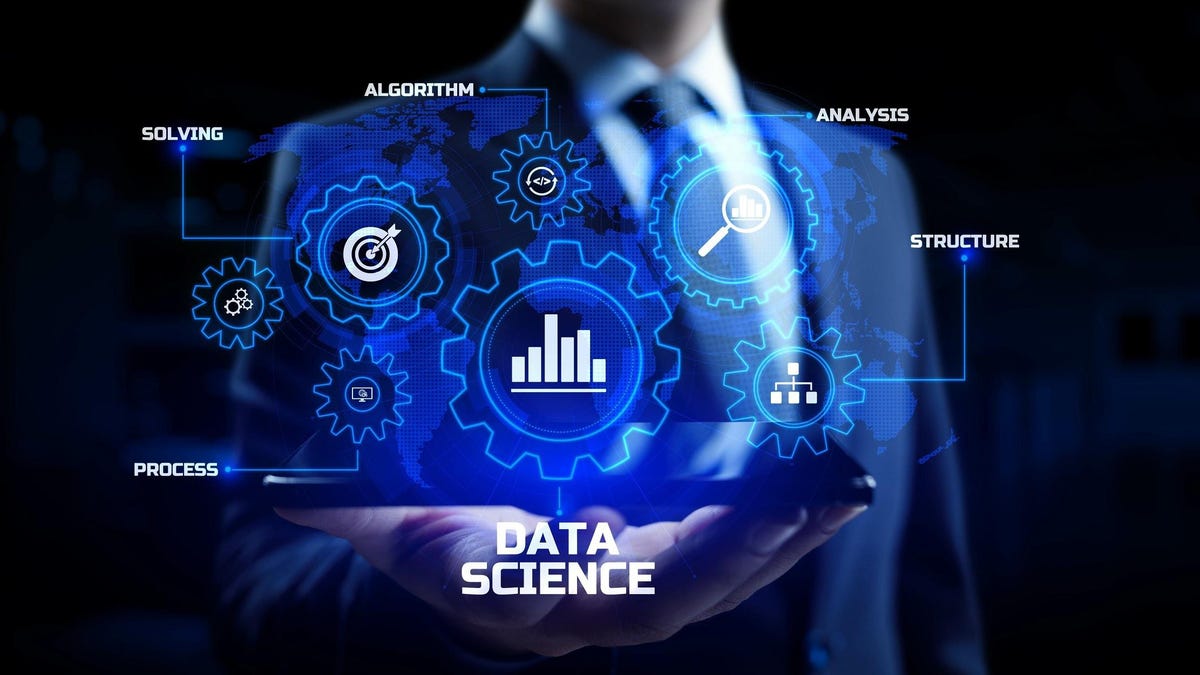Thanks to Internet search engines that build data sets with every entry, Twitter generates tweet data continuously, traffic cameras digitally count cars, and internet sites capture and store mouse clicks. Our digital society is assembling data in massive amounts and is self-measuring in an increasingly broad scope. Organic traffic is a metric that’s enabling you to measure how many visitors came from searches made on search engines. Text data is one of the largest forms of unstructured data and is ever-growing. And text analysis is the process of analyzing unstructured and semi-structured text data for valuable insights, trends, and patterns.
One of the biggest challenges while working with text data is you need a large training data set to build robust models. It is essential to ensure that the training data is organic, implying that it is rich, robust, and reliable. A learned data science professional is the best fit for resolving dynamic business issues.
Here are 5 reasons to be extra-cautious while collecting training data for conducting supervised training ML models:
- Consistency in Subjectivity
There can be many instances where you encounter a subjectivity conflict regarding the meaning of a certain text to a variety of users. An example of credit-related sentiment analysis is where a problem of defining a negative vs positive sentiment in an earnings call transcript may arise. An overlap of training data analysis can help check the reliability and ensure consistency in labeling subjective language. Maintaining consistency in training data prevents the coexistence of multiple conflicting ground truth values for similar texts, which can introduce confusion in the ML model.
- Apply an Unbiased Approach
When starting to build a new supervised ML model that involves identifying and classifying novel text data, you need to accumulate training examples to train the data. The data thus collected by using existing search bars or data queries and used keywords inherits the pattern that has already been used to search for data. This introduces bias to the supervised model training. The resulting model will be an underfit as it will rely heavily on the used keywords as well as other strong co-occurring words and will not be robust as if it were trained on thoroughly randomized data.
- Random Data is the Key
Building a randomized data set is the key to a strong model. This reduces the burden of collecting training data and provides a direction for the construction of an organic training data set. By obviating the need to use search bars to find data and allowing the team to proceed directly to the next step of combing through a spreadsheet to appropriately label the randomized data. This iterative and collaborative process provides clarity as multiple rounds of text data randomization and labeling give higher insight.
- Early Error Detection
The time invested in the above measures helps in understanding the data better and saves time in the later stages of model-building processes. Overlooking subtle yet key details in the training data at the beginning of the model training may cause a bias or variance error and lead to poor model performance. This would eventually lead to spending excessive time tuning the model later or even in the worst cases, shelving the project due to suboptimal model performance. A trained data science professional with the best data scientist certification can help avoid this big hurdle by applying expert knowledge to the developmental stages of the model.
- Stringent Data Management
Large data science projects involving longer development time can be severely impacted by any change in the team members, any alterations of labeling definitions as the model evolves, or any shift in the project scope. The training data thus collected on the first day of the project can be entirely different than what was collected on say day 50. This clearly impacts the quality of the original training data and introduces systematic disturbance in the model.
There are a number of data science certification programs, to name a few- CDSP™ from USDSI™, Google Data Analytics Certificate, and others; that could help leverage the benefits of this advanced skill and land you a great data science role in this rising industry. As we have seen in the above parameters, training data needs to be homogeneous for robust modeling. Strict training data management is needed throughout the model-building process by controlling and mediating the influence of multiple stakeholders. The conclusion is a clear yes toward building healthier models with organic training data. Keeping the above pointers in mind, you can definitely design a successful ML model.





























